Какво е найлоново леене под налягане?
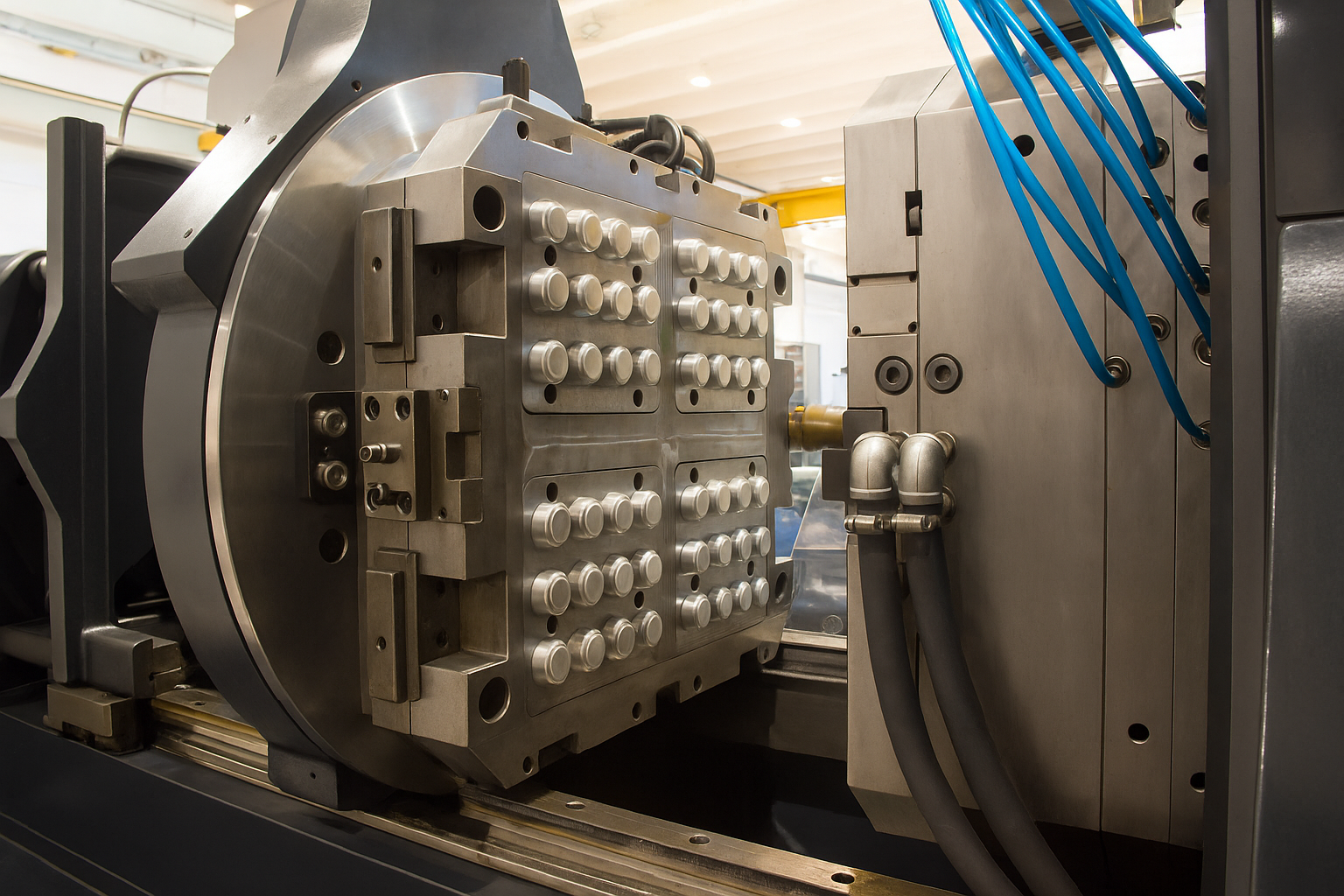
Какво е найлоново леене под налягане
Nylon injection molding is a manufacturing process that uses molten nylon — a type of engineering thermoplastic — to produce durable, лек, and high-strength components. Найлон, Известен също като полиамид (PA), is a semi-crystalline polymer characterized by excellent mechanical strength, устойчивост на износване, and chemical stability.
Поради своето high crystallinity, nylon exhibits superior toughness, устойчивост на умора, and thermal performance. It can withstand demanding environments and often replaces metal in applications such as предавки, крепежни елементи, cable ties, fan blades, и помпа части.
The most common nylons used in injection molding include:
Найлон 6 (PA6)
Найлон 66 (PA66)
Найлон 12 (PA12)
Glass-fiber reinforced nylon (PA-GF)
Each grade has distinct mechanical and processing characteristics, allowing engineers to balance сила, гъвкавост, and moisture resistance for specific end uses.
Advantages of Nylon Injection Molding
Nylon is one of the most popular engineering plastics for леене под налягане because it combines формоване, изпълнение, and cost-efficiency. Below are its major benefits explained in detail.
1. Low Melt Viscosity
Nylon melts easily and flows smoothly within the mold, even through thin sections or complex geometries.
Enables the production of части от тънкостенни (as low as 0.7 мм).
Reduces injection pressure and ensures complete mold filling.
Shortens cycle times for high-volume production.
2. Excellent Chemical and Abrasion Resistance
Nylon resists a wide range of chemicals, включително:
Dilute acids and alkaline solutions
Hydrocarbons, горива, and oils
Organic solvents like alcohols and halogenated hydrocarbons
Това нисък коефициент на триене and high wear resistance make it ideal for parts that experience sliding or rotational motion, като зъбни колела, втулки, и лагери.
3. Високотемпературна устойчивост
Nylon maintains mechanical integrity at elevated temperatures.
Standard nylon grades can operate continuously up to 120–150°C.
Glass-filled nylons withstand even higher temperatures before softening.
This property makes nylon suitable for automotive engine compartments and industrial machinery.
4. Fatigue and Impact Resistance
Nylon’s semi-crystalline molecular structure gives it excellent устойчивост на умора, allowing it to endure repeated stress cycles without cracking or breaking.
Designing parts with generous corner radii further improves performance under cyclic loads.
5. Mechanical Strength Comparable to Metal
Nylon exhibits high tensile and flexural strength, enabling it to replace metal in many load-bearing applications.
Reinforcing nylon with glass fibers or mineral fillers increases rigidity and dimensional stability while reducing creep under load.
Nylon Injection Molding Design Guidelines
Proper part design ensures both размерна точност и ефективност на производството. Below are nylon-specific design considerations.
1. Дебелина на стената
Recommended: 0.030–0.115 in (0.76–2.92 mm)
Maintain uniform wall thickness to prevent sink marks and warping.
Gradual transitions (≤15%) between adjacent walls are ideal.
Avoid walls thicker than 6 мм, as they increase cooling time and may trap voids.
Nylon’s low melt viscosity allows thinner walls than many other thermoplastics while maintaining part strength.
2. Radii and Corners
Avoid sharp corners that create stress concentrations.
Minimum radius: 0.5 мм.
Optimal radius: ≈75% of nominal wall thickness for best fatigue performance.
3. Ъгли на теглене
Nylon’s smooth surface and low friction allow for minimal draft.
0.5°–1° per side is recommended to ease ejection and shorten cycle times.
Плоски повърхности (напр., предавки) can sometimes be molded with no draft.
4. Part Tolerances
Nylon has a higher shrinkage rate (0.5%–2%) than many plastics, making dimensional control challenging.
Accurate mold temperature management reduces variation.
Glass-filled grades exhibit lower shrinkage and improved stability.
Controlled moisture conditioning post-molding ensures long-term precision.
Nylon Material Properties
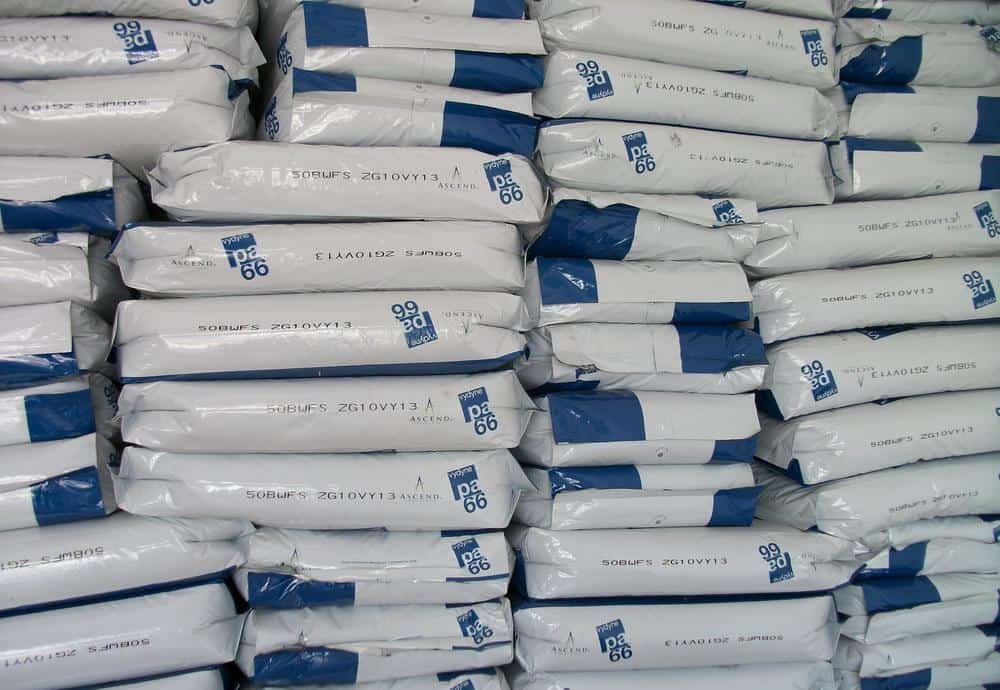
Nylon Material Properties
The following are typical material properties for several nylon grades:
| Имот | Найлон 11 | Найлон 12 | Найлон 46 | Найлон 66 | Найлон 66 30% GF |
| Плътност (g/cm³) | 1.04 | 1.31 | 1.20 | 1.17 | 1.38 |
| Linear Shrinkage (cm/cm) | 0.0083 | 0.0069 | 0.019 | 0.0139 | 0.0044 |
| Rockwell Hardness (Р) | 107 | 98 | 95 | 114 | 117 |
| Издръжливост на опън (MPa) | 37.1 | 46.1 | 73.9 | 72.5 | 155 |
| Удължение при скъсване (%) | 119 | 67 | 43 | 47 | 4 |
| Flexural Modulus (GPa) | 0.95 | 5.66 | 2.64 | 3.09 | 7.96 |
| Drying Temperature (°C) | 90 | 93 | 94 | 81 | 82 |
| Температура на топене (°C) | 261 | 224 | 303 | 279 | 285 |
| Mold Temperature (°C) | 49 | 71 | 103 | 75 | 86 |
Ключово извличане: Nylon’s balance of high tensile strength, твърдост, и гъвкавост makes it ideal for load-bearing components. въпреки това, Поради своето hygroscopic nature, nylon must be dried thoroughly before processing.
Nylon Injection Molding Process Parameters
Controlling processing parameters ensures consistent part quality and dimensional accuracy.
1. Viscosity
Nylon has low melt viscosity, enabling fast mold filling through thin or intricate channels.
This reduces cycle times but requires careful pressure and speed control to prevent flashing.
2. Moisture Control
Nylon easily absorbs atmospheric moisture.
Excessive moisture causes кухини, splay, and brittleness.
Optimal moisture content: 0.15–0.20%.
Dry nylon at 80–90°C for 3–6 hours before molding.
3. Temperature Control
Higher mold temperature → increased crystallinity and strength.
Твърде високо (по-горе 330°C) → risk of thermal degradation and discoloration.
Typical processing range:
Barrel temperature: 260–290°C
Mold temperature: 70–90°C
4. Injection Pressure
Typical range: 700–1400 bar (10,000–20,000 psi).
Low pressure → short shots, knit lines, Лошо повърхностно покритие.
High pressure → flash, warpage, or dimensional distortion.
Proper pressure profiling ensures uniform density and minimal internal stress.
5. Injection Speed
High injection speeds reduce cycle time and weld lines.
въпреки това, excessive speed can cause срязващо нагряване и изгарящи марки.
Controlled ramp-up of speed is best for thin-walled nylon parts.
6. Gassing and Venting
Nylon molding generates gases during melt injection.
Poor venting causes кухини, burns, and incomplete filling.
Provide vent depths around 0.02–0.04 mm near cavity edges.
7. Свиване
Typical range: 0.5–2%, depending on grade and cooling rate.
Controlled by:
Higher mold temperatures (reduce shrinkage).
Uniform wall thickness.
Glass reinforcement (minimizes warping).
Common Nylon Injection Molding Defects and Solutions
| Дефект | Possible Cause | Recommended Solution |
| Splay marks | Excess moisture | Pre-dry material properly |
| Flashing | Excess pressure or low clamp force | Adjust injection pressure, inspect mold fit |
| Изкривяване | Uneven cooling or wall thickness | Optimize mold design and cooling layout |
| Short shots | Low injection speed or venting issue | Increase speed, improve venting |
| Discoloration | Overheating or degradation | Lower melt temperature, ensure material purity |
Applications of Nylon Injection Molding
Nylon molded parts are used across numerous industries due to their combination of сила, издръжливост, и устойчивост на топлина.
Автомобилна: Предавки, втулки, radiator fans, fuel line connectors
Електрически & електроника: Cable ties, изолатори, terminal housings
Потребителски стоки: Power tool housings, appliance components
Индустриално оборудване: Лагери, ролки, mechanical fasteners
Космонавтика: Lightweight interior fittings, скоби, клипове
Best Practices for Successful Nylon Injection Molding
Store nylon pellets in airtight containers to prevent moisture absorption.
Винаги dry material before molding.
Maintain uniform cooling to minimize warping.
Употреба glass-filled grades for high-strength or precision applications.
Apply controlled temperature and pressure profiles during molding.
Заключение
Nylon injection molding combines the strength of engineering plastics with the versatility of thermoplastics. When processed correctly, nylon delivers exceptional performance, издръжливост, и прецизност, making it a preferred material for both industrial and consumer applications.
Proper control of влага, температура, and pressure, along with intelligent design practices, ensures high-quality nylon parts that can even replace metal components.
Често задавани въпроси
- What is the best type of nylon for injection molding?
Найлон 6 и найлон 66 are the most commonly used types. Найлон 66 offers higher strength and temperature resistance, while Nylon 6 provides better surface finish and flexibility. - Why must nylon be dried before injection molding?
Because nylon is hygroscopic, it absorbs moisture from the air. Moisture in the resin can cause bubbles, splay, and degradation during molding. - Can nylon replace metal parts in mechanical assemblies?
да. With glass-fiber reinforcement, nylon can achieve tensile strength comparable to aluminum, making it a cost-effective lightweight alternative. - What are the common challenges when molding nylon?
Key challenges include moisture absorption, свиване, изкривяване, and maintaining tight tolerances due to high shrinkage rates. - How do you reduce shrinkage in nylon injection molding?
Use higher mold temperatures, uniform wall thickness, and glass-filled grades. Controlled cooling also helps prevent warpage.
Прочетете повече:
Съвети за проектиране на клипове за пластмасови части
5 Неща, които трябва да знаете за пластмасовото леене на инжектиране
Всичко за основите на пластмасовото леене на инжектиране
Всичко, което трябва да знаете за поликарбонатното инжекционно формоване?

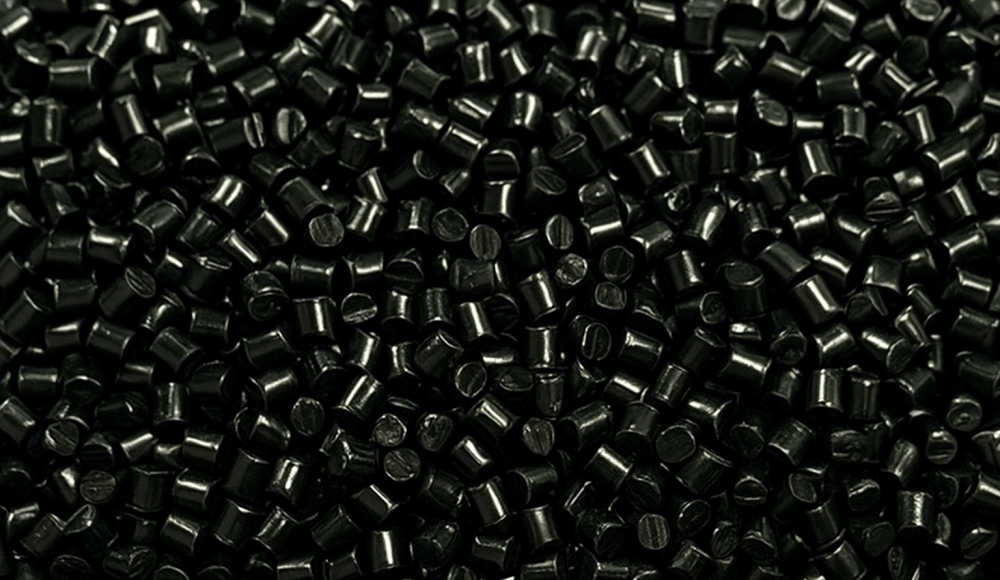
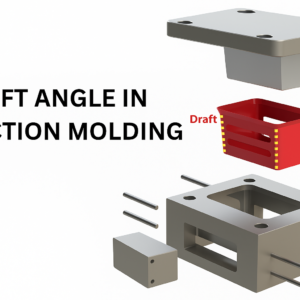
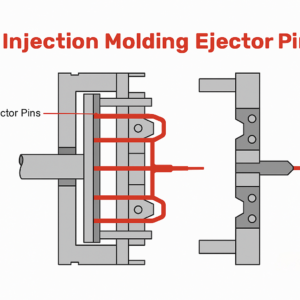
1 мисъл за "Найлоново леене под налягане: Дизайн, Процес, и Ръководство за материали за инженери”